Kingdom of Fruits
The two provinces of Tien Giang and Dong Thap have many similarities in natural conditions, history, culture, and production practices. Among them, the Tien River flows through, the upstream of Dong Thap flows to the downstream of Tien Giang, creating a vital waterway from neighboring Cambodia to Ho Chi Minh City (the Tien River connects to Cho Gao Canal).
The Tien River carries heavy alluvium throughout the Dong Thap Muoi region, helping Dong Thap and Tien Giang facilitate agricultural production, especially rice, fruit trees and aquaculture, contributing greatly to the country's total export turnover.
If Tien Giang has Cai Lay durian, Vinh Kim forge star apple, Cho Gao dragon fruit, Dong Thap is famous for its second largest rice output in the country, Cao Lanh mango, Lai Vung pink grapefruit, Thap Muoi lotus, Chau Thanh longan...
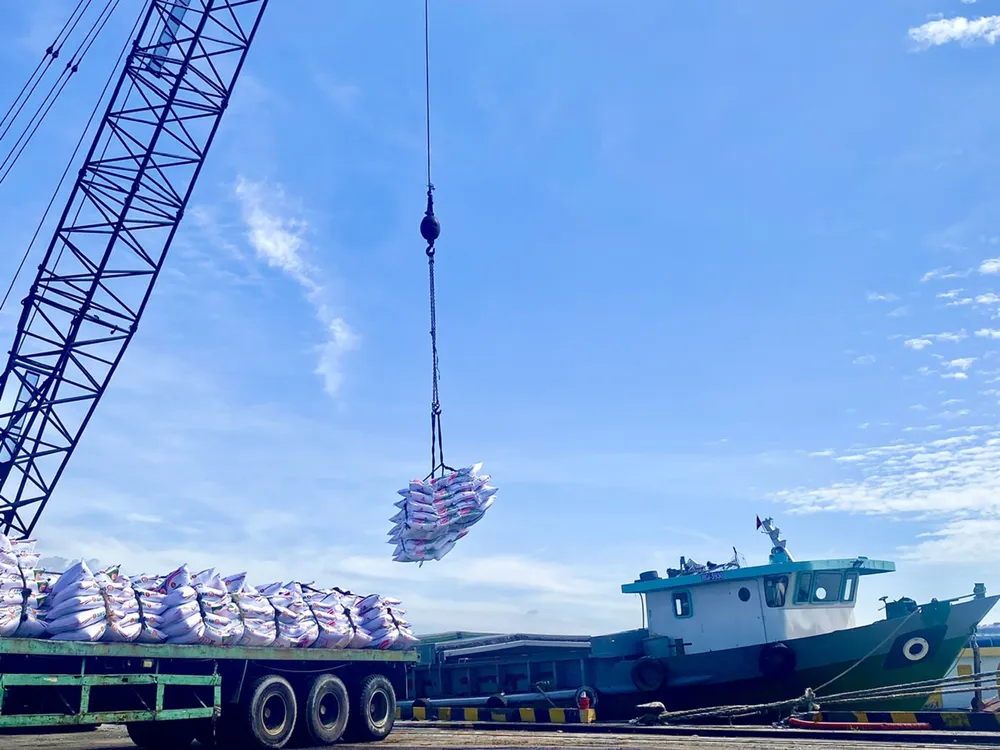
According to Mr. Nguyen Dac Hien, former Standing Deputy Secretary of the Dong Thap Provincial Party Committee, after merging Dong Thap and Tien Giang, the new Dong Thap province will make a breakthrough in development, especially in agricultural production. Dr. Vo Huu Thoai, Director of the Southern Fruit Institute, said that the total fruit growing area of Tien Giang - Dong Thap combined is about 150,000 hectares and will increase in the coming time, as people expand their gardens and convert ineffective rice fields to grow fruit trees.
With the current agricultural development orientation and planting area planning, in the near future, Dong Thap province will be the "fruit kingdom" of the Mekong Delta and the whole country.
Chairman of Tien Giang Provincial People's Committee Nguyen Van Vinh informed that Tien Giang will develop modern agriculture, providing high-quality fruits for domestic use and export, according to the orientation until 2030. The local fruit growing area is expected to reach 88,600 hectares, with an output of about 1.85 million tons.
The province continues to maintain key crops such as durian, dragon fruit, mango, pineapple, green-skinned grapefruit, jackfruit, etc. associated with high quality standards, applying mechanization and automation in production - harvesting - preliminary processing, building a chain linking farmers - cooperatives - enterprises; gradually forming large-scale, stable raw material areas for the processing industry.
Comrade Phan Van Thang, Standing Deputy Secretary of the Provincial Party Committee, Chairman of the People's Council of Dong Thap province, also enthusiastically shared that the development orientation of Dong Thap province is to form a processing chain in addition to building a large area of agricultural and fruit raw materials. The current output scale of the locality is very good, in the near future, the value per unit area will be increased, continuing to help the agricultural sector accelerate strongly.
Agricultural corridor helps Vietnamese fruits reach far
According to Dr. Tran Huu Hiep, an economic expert in the Mekong Delta, with the great potential and space of the two provinces of Tien Giang and Dong Thap, the new Dong Thap province will have more opportunities to innovate high technology in a closed supply chain from fields, gardens to cold storage, helping to reduce post-harvest losses and improve the quality of Vietnamese agricultural products, especially fruits.
The synergy between high-tech agriculture, infrastructure linkages and value-added services will help Dong Thap province affirm its position as the “high-tech fruit capital” of the whole region, while making an important contribution to the agricultural restructuring process and sustainable development of the Mekong Delta.
Currently, the Ho Chi Minh City - Trung Luong - My Thuan - Cao Lanh expressway system is about to be completed, connecting the new Dong Thap province with the new Ho Chi Minh City megacity.
Along with that, the Sa Dec - My Tho river and sea port cluster connects directly to Cai Mep - Thi Vai port, creating a direct export corridor to the Pacific Ocean, no longer having to go through intermediaries. These waterway - land - sea routes promise to form an effective "agricultural corridor", bringing Vietnamese fruits far and wide.
Modern logistics and supply chain center
Dr. Huynh Hai Dang, Regional Political Academy IV, assessed that, in general, the transport and logistics infrastructure in the Mekong Delta lacks synchronization; however, along with Can Tho City, the two provinces of Hau Giang and Soc Trang have recently made a breakthrough, gradually forming a strategic connection axis for the entire region.
Therefore, after the arrangement, the shortcomings and limitations of transport infrastructure will be removed, and "logistics bottlenecks" will be cleared. Accordingly, the focal point of this axis is Tran De seaport (Soc Trang), which is planned to be a special national port, capable of receiving ships with a capacity of up to 160,000 tons, playing the role of an export gateway and a maritime logistics center for the entire delta. Complementing the seaport is Can Tho international airport, which is the regional aviation center, with a designed capacity of 3-5 million passengers/year.
In addition, the Can Tho - Ca Mau expressway is being accelerated and is expected to be completed in 2025, connecting the expressway from Ho Chi Minh City to Ca Mau. Along with that is the National Highway 1A system, National Highway 61C and a dense network of rivers and canals, creating a multi-modal transport network, effectively connecting raw material areas, industrial zones and consumption centers.
Synchronous infrastructure serving the circulation of goods creates the foundation for building a seamless production - processing - export value chain, especially in key industries such as agriculture, fisheries and food. At the same time, it opens up great space in the fields of trade, services, investment and international integration of the Mekong Delta.
Speaking at a working session with leaders of Can Tho, Hau Giang and Soc Trang cities on June 4, 2025, General Secretary To Lam affirmed that the rearrangement of the above three localities into the new Can Tho city will open up opportunities to restructure the development space according to a new dynamic axis: from the central urban area (Can Tho) to the high-tech industrial - agricultural belt (Hau Giang), connecting to the sea and seaports (Soc Trang).
This development axis will form stronger internal linkage areas, reduce resource dispersion and create conditions for planning large-scale mega-projects with greater influence than before. These factors will contribute significantly to the formation of a logistics center in Can Tho City, becoming a lever to help the Mekong Delta develop more strongly and reach further.
After the reorganization, the new Can Tho City must quickly establish its role as a dynamic growth pole in the center of the Southwest sub-region, acting as a hub for trade and spreading development throughout the region. To do so, it is necessary to soon complete the strategic infrastructure system, especially multimodal transport, logistics infrastructure, digital infrastructure, etc. to facilitate the flow of goods, services and data on industry orientation.
Pillars of food security
An Giang and Kien Giang are not only the two provinces with the largest agricultural production area in the Mekong Delta but also pillars in ensuring national food security.
The merger of these two provinces could create a super rice production region with unprecedented scale and efficiency, thereby opening up great opportunities in agricultural restructuring and developing processing and export industries.
An Giang province is currently one of the top three provinces in the country in terms of rice production, with an annual output of about 4 million tons. The province has fertile land, a relatively complete irrigation system, and experience in producing and applying effective rice-fish and rice-shrimp models.
Districts such as Thoai Son, Chau Phu, Tinh Bien... are all large specialized areas, playing a central role in the domestic and export rice value chain. Meanwhile, Kien Giang province leads the country in rice cultivation area, with nearly 700,000 hectares.
In particular, the Long Xuyen quadrangle is one of the most productive rice production areas thanks to alluvial conditions, a dense canal system and good water regulation. Kien Giang also has a diverse farming ecosystem, from freshwater inland areas to brackish coastal areas, allowing the implementation of rice-shrimp rotation models suitable for climate change.
The reorganization of the two provinces also creates a concentrated rice production area, reducing fragmentation and increasing the scale of commodity production. Thereby, the locality can form large raw material areas to serve the rice processing industry for export, thereby attracting investment in milling factories, deep processing and agricultural logistics.
Along with that, the application of mechanization and digitalization in production management and traceability will also be deployed more effectively thanks to a centralized operating system and a common data system.
Source: https://www.sggp.org.vn/hop-suc-dua-dat-chin-rong-but-pha-post801105.html


![[Photo] Prime Minister Pham Minh Chinh meets with representatives of outstanding teachers](https://vphoto.vietnam.vn/thumb/1200x675/vietnam/resource/IMAGE/2025/11/15/1763215934276_dsc-0578-jpg.webp)
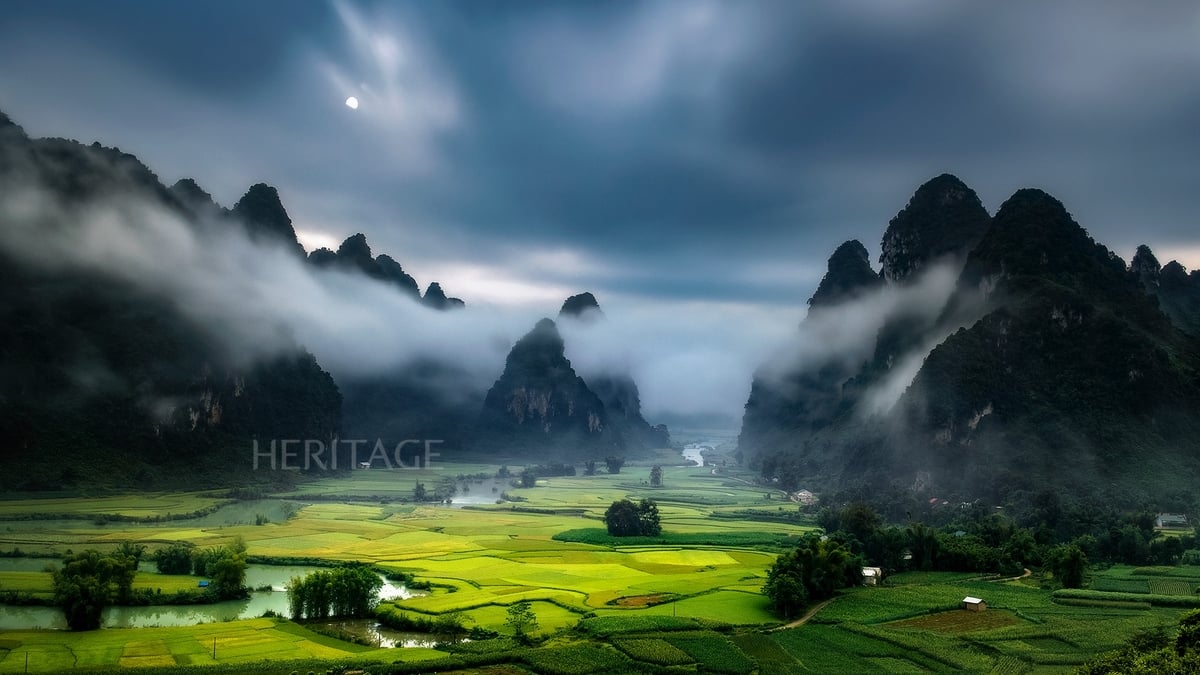
![[Photo] General Secretary To Lam receives Vice President of Luxshare-ICT Group (China)](https://vphoto.vietnam.vn/thumb/1200x675/vietnam/resource/IMAGE/2025/11/15/1763211137119_a1-bnd-7809-8939-jpg.webp)



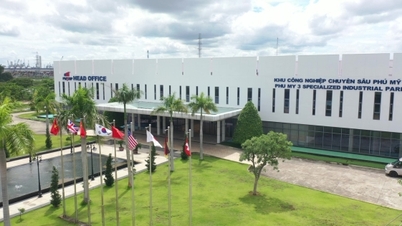

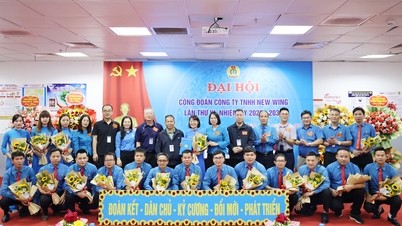

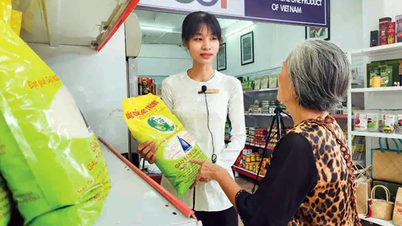

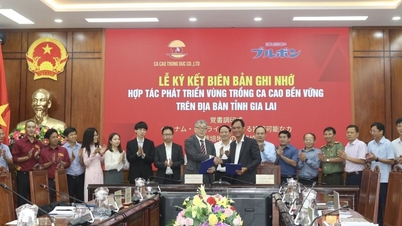

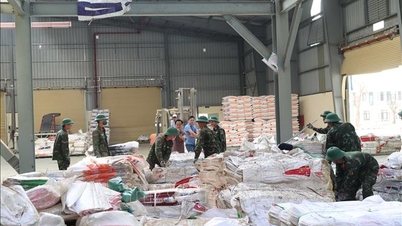







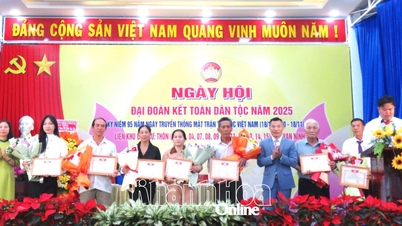

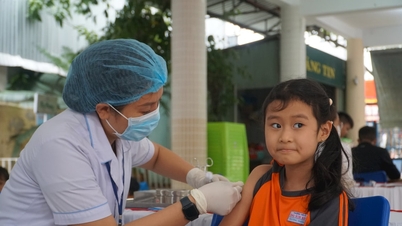


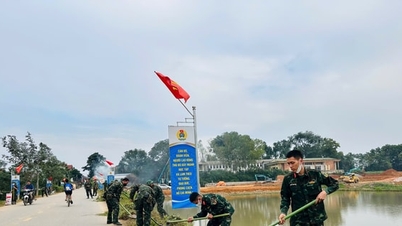







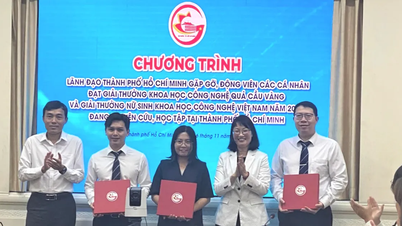
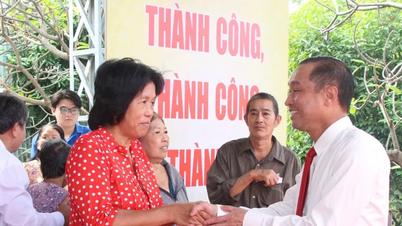




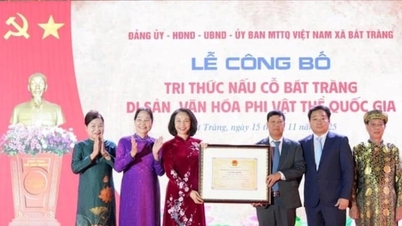
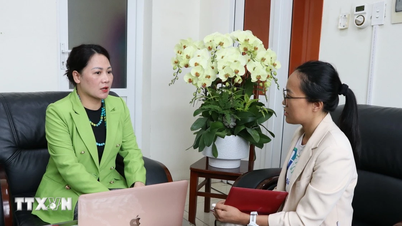





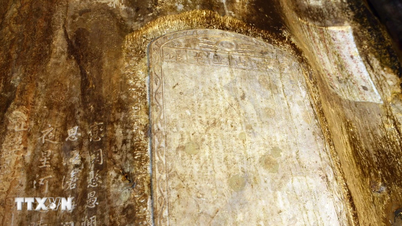


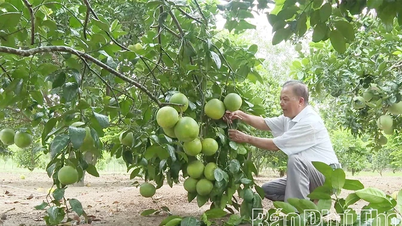





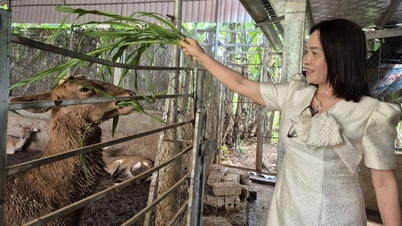
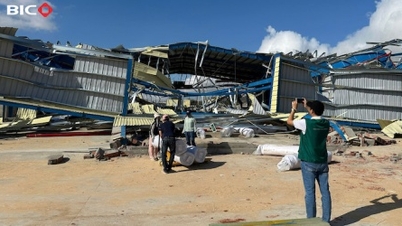


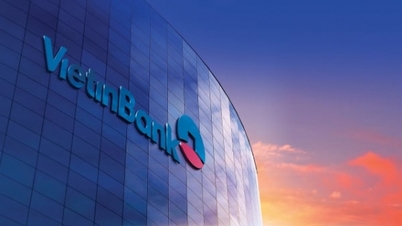




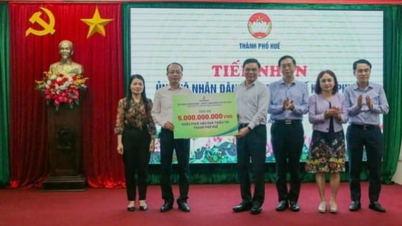





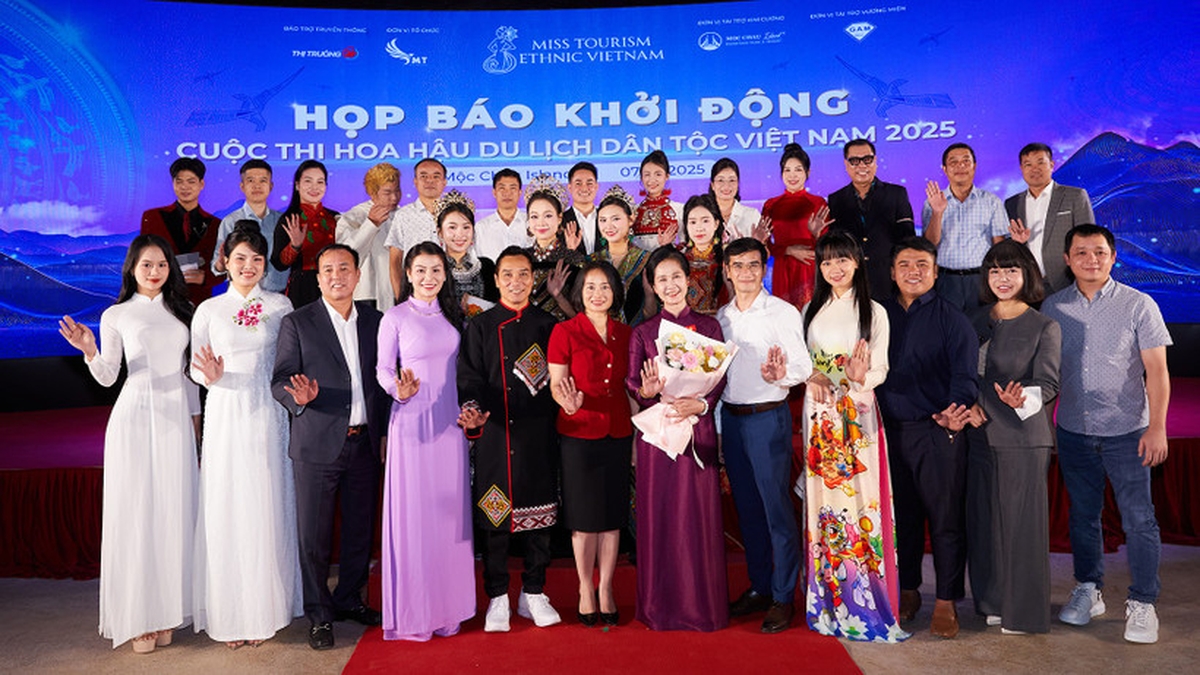




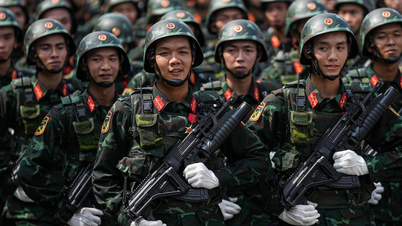



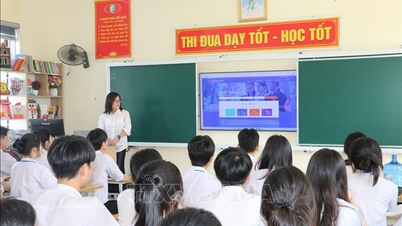




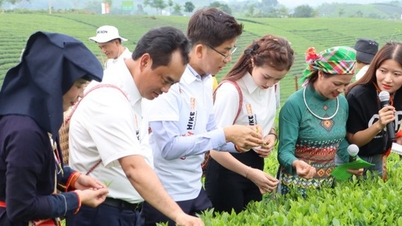



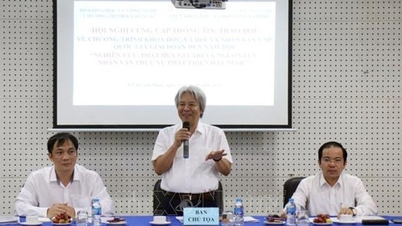
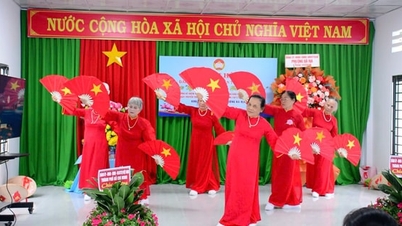
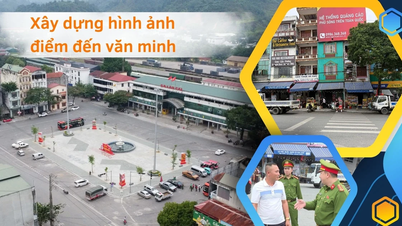

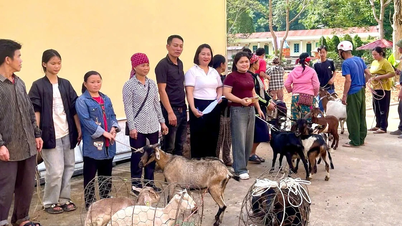
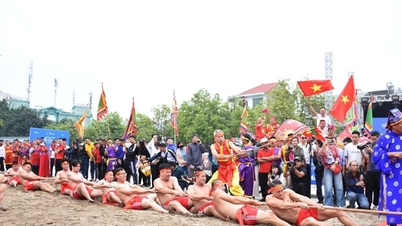









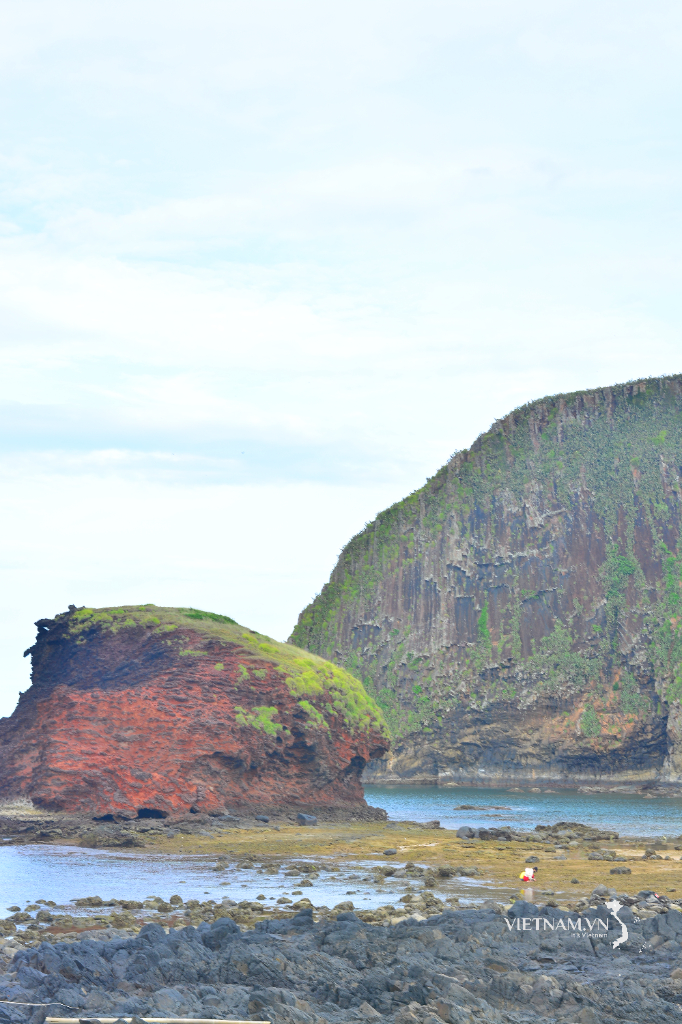



Comment (0)